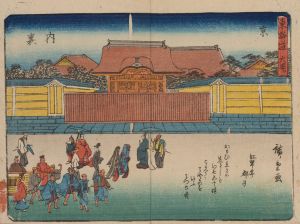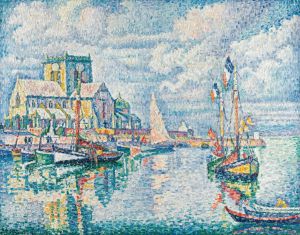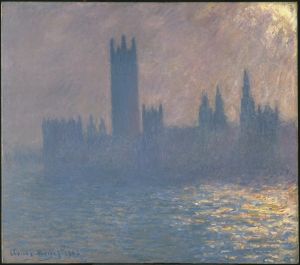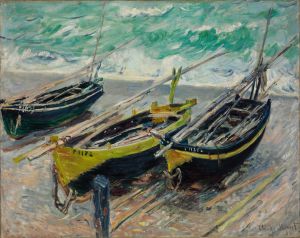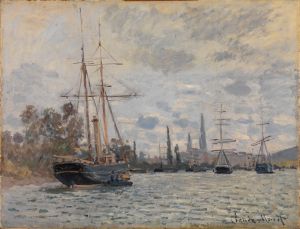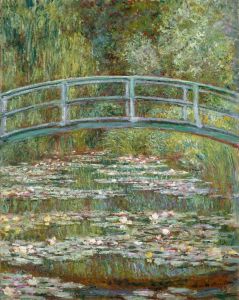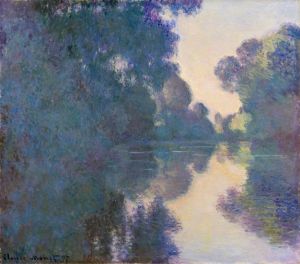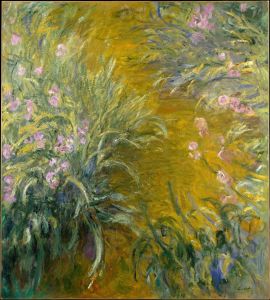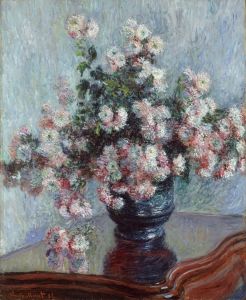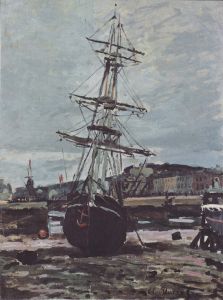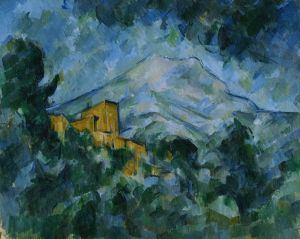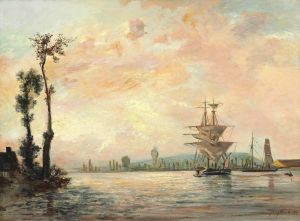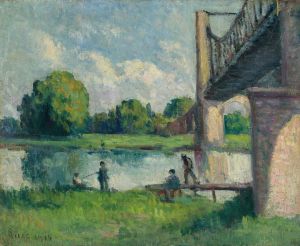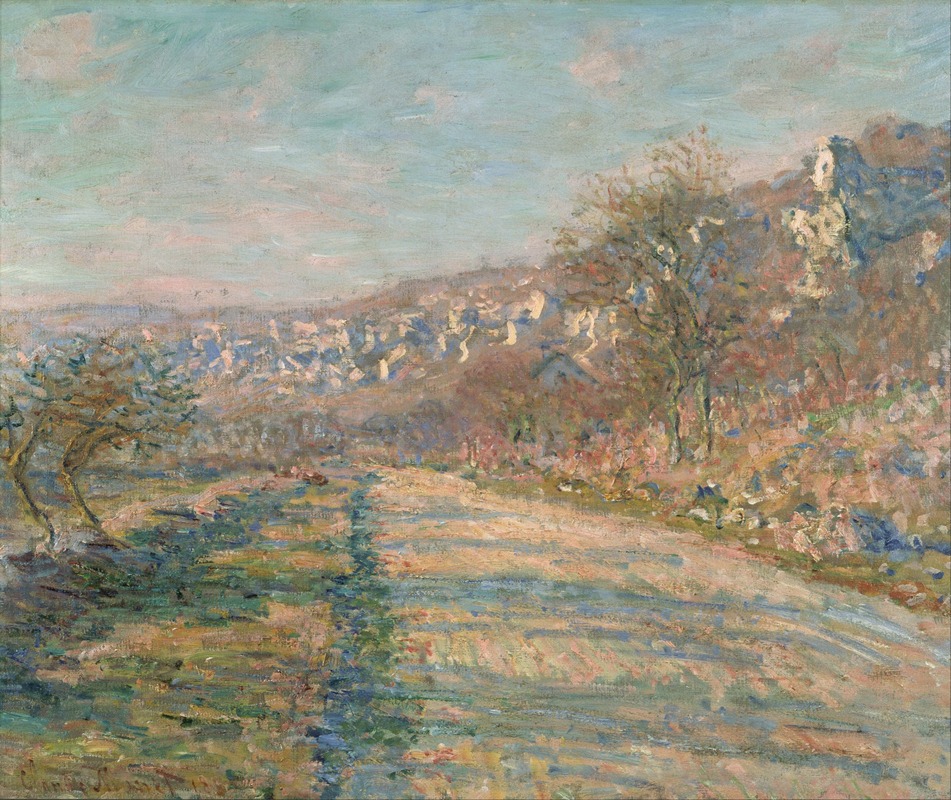
Road of La Roche-Guyon
A hand-painted replica of Claude Monet’s masterpiece Road of La Roche-Guyon, meticulously crafted by professional artists to capture the true essence of the original. Each piece is created with museum-quality canvas and rare mineral pigments, carefully painted by experienced artists with delicate brushstrokes and rich, layered colors to perfectly recreate the texture of the original artwork. Unlike machine-printed reproductions, this hand-painted version brings the painting to life, infused with the artist’s emotions and skill in every stroke. Whether for personal collection or home decoration, it instantly elevates the artistic atmosphere of any space.
Claude Monet's Road of La Roche-Guyon is a landscape painting created in 1880 by the renowned French Impressionist artist. This artwork depicts a rural road in the village of La Roche-Guyon, located in the Île-de-France region of northern France. The village is situated along the Seine River and is known for its picturesque scenery, historic château, and surrounding natural beauty, which have inspired numerous artists over the years.
Monet painted Road of La Roche-Guyon during a period when he was exploring the countryside in search of new subjects for his work. The painting captures the essence of the Impressionist movement, emphasizing light, color, and atmosphere over precise detail. Monet's brushstrokes are loose and dynamic, creating a sense of movement and immediacy. The composition features a winding road bordered by trees and vegetation, with the natural landscape bathed in soft, diffused light. The scene conveys a tranquil, almost timeless quality, characteristic of Monet's landscapes.
This painting is part of Monet's broader exploration of rural France, where he sought to capture the changing effects of light and weather on the landscape. His work during this period often focused on small villages, rivers, and fields, reflecting his deep connection to nature and his desire to depict the beauty of everyday life. Monet's choice of La Roche-Guyon as a subject may have been influenced by its proximity to other locations he frequently painted, such as Vétheuil and Giverny.
Road of La Roche-Guyon is notable for its subtle use of color and light, which create a harmonious and serene atmosphere. The painting exemplifies Monet's ability to transform ordinary scenes into works of art that evoke emotion and invite viewers to appreciate the beauty of the natural world. Like many of Monet's works, this painting demonstrates his innovative approach to capturing fleeting moments and his mastery of the Impressionist style.
The painting is currently housed in the Musée Marmottan Monet in Paris, which holds one of the largest collections of Monet's works. The museum provides an opportunity for visitors to view this piece alongside other significant works by the artist, offering insight into his artistic development and contributions to the Impressionist movement.





